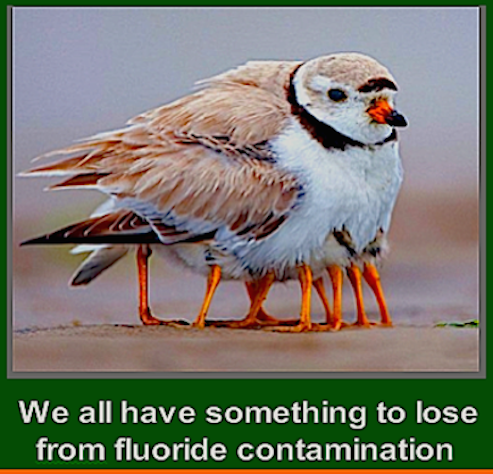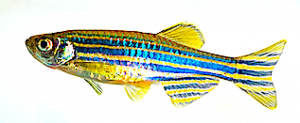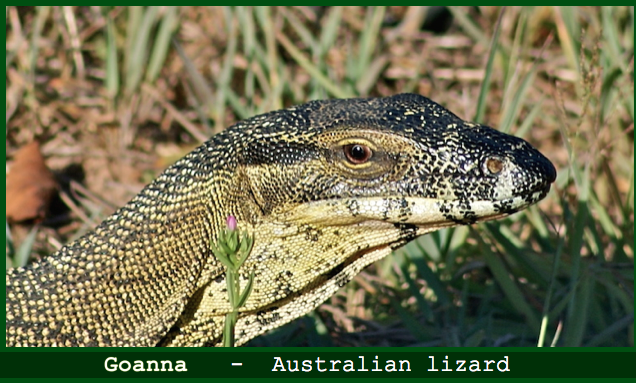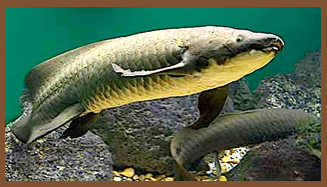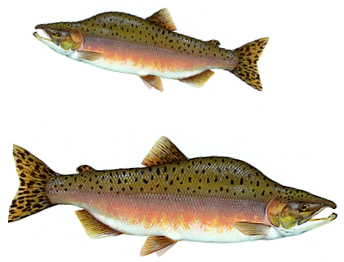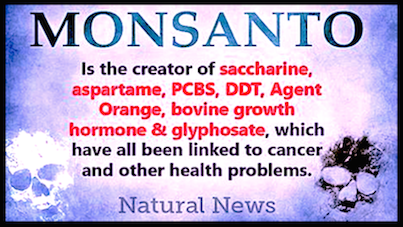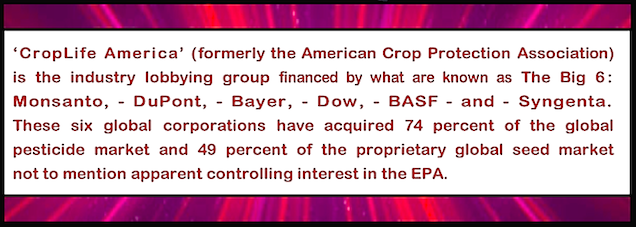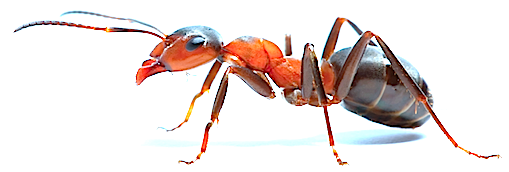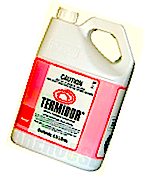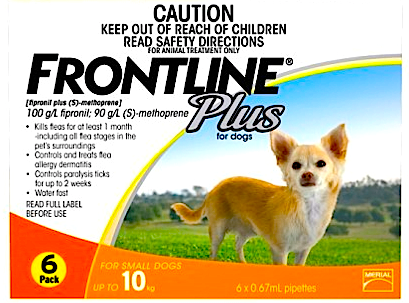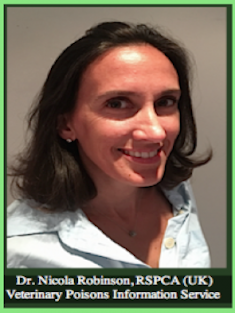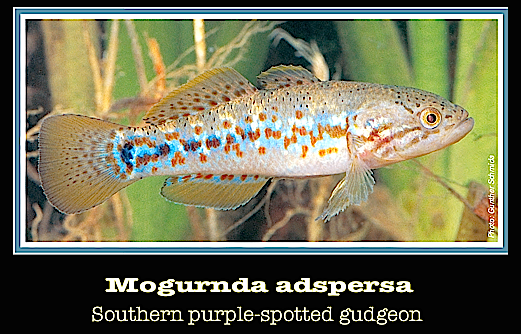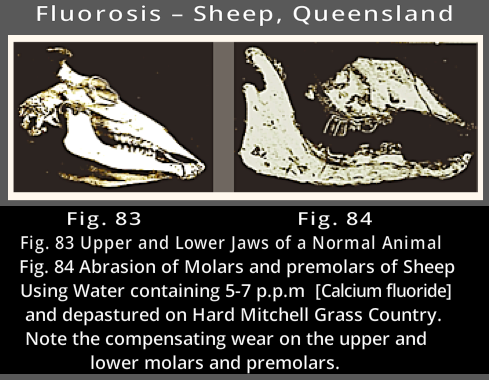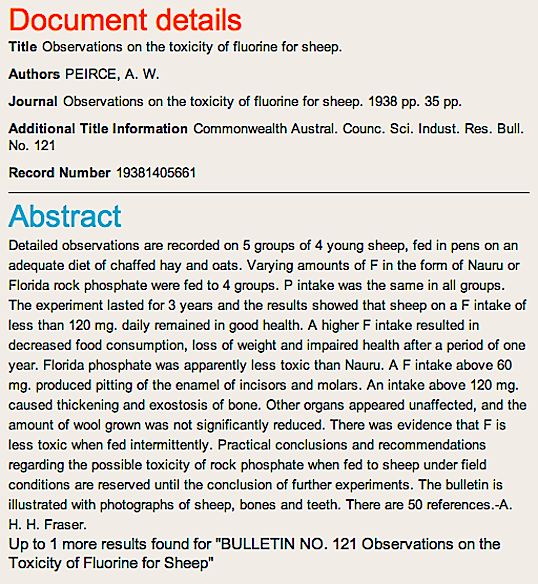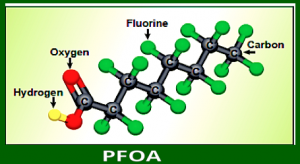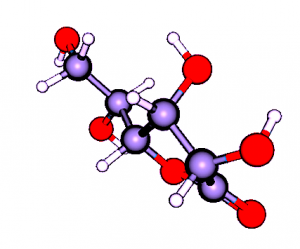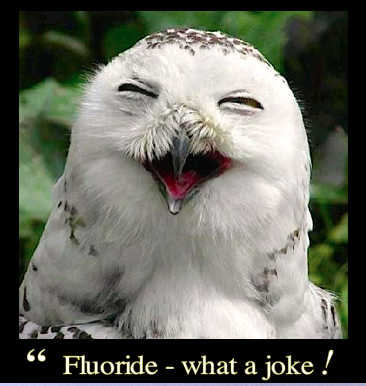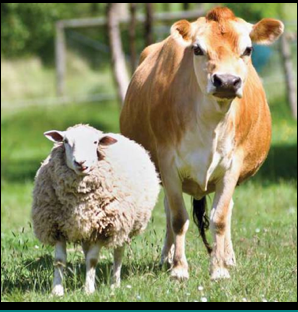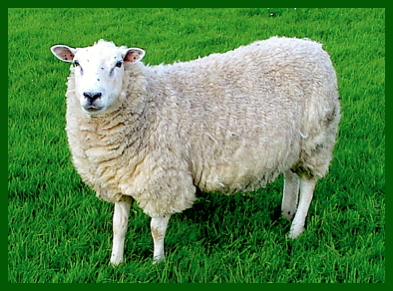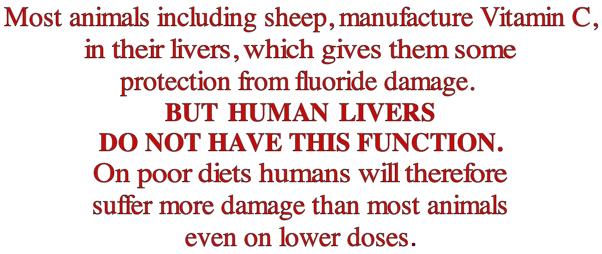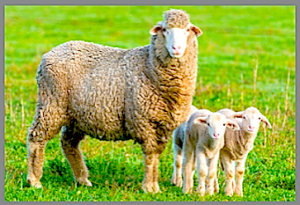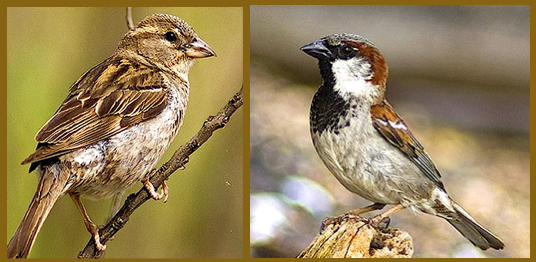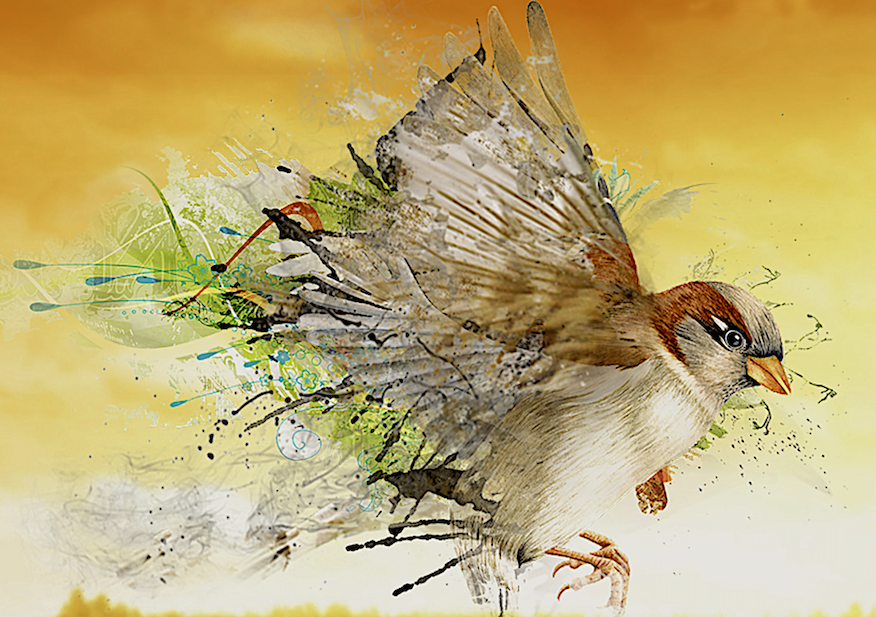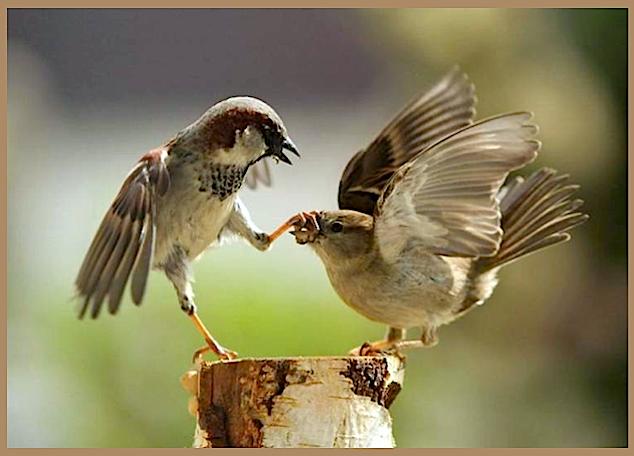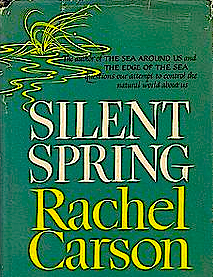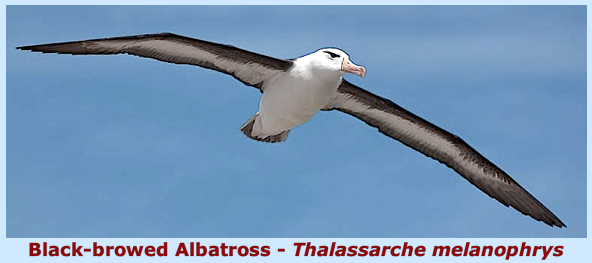Australian native animals are somewhat F. tolerant. 1080 (Sodium fluoroacetate) is used to kill dingos (dogs) (not strictly native to Australia). Mammalian animals including humans suffering with severe fluorosis, yield milk with a VERY low levels of fluoride. Nature protects her young!
See The Fifty + Links Below ↓
– Alligators – | Koalas (a) | Koalas (b)
Ants, | Fish, | Australian Lung Fish, | Caddis Fly,
Caimans, | Camels, | Cattle, | Chinchillas, | Daphnia,
Deer, | Dogs , | Ducks, | Elephants (1), | Elephants (2) ,
Fresh Water Fish, «♦» | Frogs (1), | Frogs (2), | Frogs (3), | Geese, |
Goats, | Guinea pigs ♦ see below, | Horses, | Race Horses |
Honey Bees, | Kangaroos, Lizards, | Sheep, | Starling control, |
Silver Foxes, | Snails (1), Snails (2), | Rats (1), | Rats (2), |
Rats (3) Research-1934, |Tadpoles (1), | Tadpoles Chinese research (2)
Tadpoles/frogs (3), | Zebrafish, | Pigs, | Dromedary camels
→ RACEHORSES (DEATHS) ↔ More on F. & Horses ←
.-.-.-.-.-.-.-.-.-.-.-.-.-.-.-.-.-.-.-.-.-.-.
Fluoride associated with fetal malformation in the 1940s.
.-.-.-.-.-.-.-.-.-.-.-.-.-.-.-.-.-.-.-.-.-.-.-.-.-.-.-.-.-.-.-.-.-.-.-.-.-.-.-.-.-.-.
Zebrafish and Fluoride
.-.-.-.-.-.-.-.-.-.-.-.-.-.-.-.-.-.-.-.-.-.-.-.-.-.-.-.-.-.-.-.-.-.-.-.-.-.-.-.
.
→ HERE ←
…Fluoride pollution in the aquatic ecosystems is mainly due to industrial activities (such as mining and processing of phosphorus rock and the manufacturing of aluminum) and agricultural activities (the applications of fluoride-containing fertilizers and pesticides) Fluoride levels in surface waters of rivers and lakes generally range from 0.01 mg/L to 0.3 mg/L, whereas fluoride-containing industrial wastewater was shown to contain fluoride at 96.8 mg/L [4], and in extreme cases, may have levels as high as 3000 mg/L to 5000 mg/L [5]. …
.-.-.-.-.-.-.-.-.-.-.-.-.-.-.-.-.-.-.-.-.-.-.-.-.-.-.-.-.-.-.-.-.-.-.-.
See also: THE DISAPPEARING SPARROW & FLUORIDES
.-.-.-.-.-.-.-.-.-.-.-.-.-.-.-.-.-.-.-.-.-.-.-.-.-.-.-.-.-.-.-.-.
Cesium Contamination- Bluefin tuna-Fukushima
.-.-.-.-.-.-.-.-.-.-.-.-.-.-.-.-.-.-.-.-.-.-.-.-.-.-.-.-.
Fluoride & 1080 – Sodium fluoroacetate ← Your pet dog
.-.-.-.-.-.-.-.-.-.-.-.-.-.-.-.-.-.-.-.-.
Industrial Fluoride Pollution YouTube ← (Cattle)
.-.-.-.-.-.-.-.-.-.-.-.-.-.-.-.-.-.
«♦» The toxicological experiments have shown that RAINBOW TROUT
Oncorhynchis mykiss is the most sensitive species to fluoride.
This is very comprehensive – ↓ ↓ ↓ – but disturbing !
Insects, birds, animals, humans and insecticides
EFFECTS OF ATMOSPHERIC FLUORIDE POLLUTION ON LIZARDS – E. AUST.
Extract: ‘The Complete Dinosaur’ + info from China
Yes they suffered from fluorosis!
FRESHWATER INVERTEBRATES AND FISHES
❝…Aquatic organisms living in soft waters may be more adversely affected by fluoride pollution than those living in hard or seawaters because the bioavailability of fluoride ions is reduced with increasing water hardness. Fluoride can either inhibit or enhance the population growth of algae, depending upon fluoride concentration, exposure time and algal species. Aquatic plants seem to be effective in removing fluoride from contaminated water under laboratory and field conditions. In aquatic animals, fluoride tends to be accumulated in the exoskeleton of invertebrates and in the bone tissue of fishes.
The toxic action of fluoride resides in the fact that fluoride ions act as enzymatic poisons, inhibiting enzyme activity and, ultimately, interrupting metabolic processes such as glycolysis and synthesis of proteins.
Fluoride toxicity to aquatic invertebrates and fishes increases with increasing fluoride concentration, exposure time and water temperature, and decreases with increasing intraspecific body size and water content of calcium and chloride. Freshwater invertebrates and fishes, especially net-spinning caddis fly larvae and upstream-migrating adult salmons, appear to be more sensitive to fluoride toxicity than estuarine and marine animals. Because, in soft waters with low ionic content, a fluoride concentration as low as 0.5 mg F-/l can adversely affect invertebrates and fishes, safe levels below this fluoride concentration are recommended in order to protect freshwater animals from fluoride pollution…❞
Fluoridation MAY have implications for the Australian Lungfish Neoceratodus forsteri,
a protected species, which inhabit the Wivenhoe Dam, if recycled water is returned to this dam.
We do NOT have Greywater in Queensland only Blackwater.
This is the reason why recycled water is a dangerous absurdity.
Is any of this ↓ toxic to coral ?
We think so !
Recycling sewage water with all of the above + mad cows disease must not to be considered – EVER.
![]()
Foods that contain Fluoride
ANADROMOUS SALMON
Professor Paul Engelking says fish and fluoride don’t mix
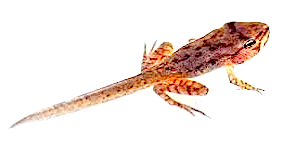
…But technically speaking, the tadpoles didn’t die of “mercury poisoning” or “cadmium poisoning,” or “hydrofluoric acid” poisoning. They died because the chemicals ‘wrecked’ their immune systems leaving the tadpoles vulnerable to all the germs and parasites in their environment…
Fluoride Vol.27 No.4 220-226 1994 http://sonic.net/kryptox/environ/salmon.htm
http://www.sonomacountygazette.com/cms/pages/sonoma-county-news-article-2262.html
Effects of Sodium Fluoride on Carp and Rainbow Trout by K.S. Pillai and
Fluorides MAY explain some of the fingerling problems with Australian Bass (Macquaria novemaculeata) Fluoride can either inhibit or enhance the population growth of algae, depending upon the fluoride concentration…

British Patent GB 8236; filed 18th April 1896: ‘Fluorine compounds for the purpose of destroying insects.’
Colony Collapse Disorder:
↓ The Bee Holocaust ↓
www.forbiddenknowledgetv.com/page/5852.html (BBC 4)
NO MYSTERY HERE ! IN 2009, CHINA BANNED FIPRONIL PRODUCTS CITING TOXICITY TO BEES
Fipronil (Manufactured by Bayer) is highly toxic for bees *, crustaceans, insects and zooplankton, as well termites, rabbits, the fringe-toed lizard and certain groups of gallinaceous birds. It appears to reduce the longevity and fecundity of female braconid parasitoids.
→ Fipronil -Fluocyanobenpyrazole, C12H4Cl2F6N4OS, is a slow-acting FLUORIDE BASED POISON. It is a broad spectrum insecticide that disrupts the insect central nervous system by blocking the passage of chloride ions through the GABA receptor and glutamate receptor I(GluCl), components of the central nervous system. This causes hyperexcitation of contaminated insects’ nerves and muscles.
✹ Seeds treated with Fipronil, produce flowers toxic to the bee’s brain — They get lost going home !
see also:
EPA THINKS A PIECE OF PAPER WILL SAVE BEES FROM PESTICIDES
Henry Miller has been exposed as a science fraud and professional liar who shills for Monsanto.
Monsanto Caused 291,000 Suicides In India
↑ ↑ ↑ ↑ ↑ ↑ ↑
At-a-glance: from Mecola.com
-
Monsanto is boasting its partnership with 4-H Youth Development Organization, the country’s largest and most influential youth organization with more than 6.8 million members in 80 countries worldwide
-
According to the annual reports, 4-H is receiving funding from Monsanto, Bill & Melinda Gates Foundation, Cargill, DuPont, United Soybean Board, Coca-Cola, and Pfizer
-
Monsanto has been hijacking society at every turn, including government institutions, colleges and universities, media agencies, and so-called representatives of “science”
-
Monsanto recently attempted to brainwash young children with a 16-page book called ““Biotechnology Basics Activity Book” full of colorful pages and cartoon characters touting the “benefits” of GMO
Strong evidence also suggests ‘Neonicotinoid Pesticides’
Manufactured by Bayer, is also a major bee killer.
France will outlaw this soon.
NON-TOXIC ALTERNATIVES for eradicating insect infestations in grains and museum objects can be oxygen depriving gases such as nitrogen or carbon dioxide, the later being used in sailing ships of old, – a lighted candle placed in the grain barrel prior to it being sealed up. No need for poison sprays, food irradiation, fluorides, or bromides etc. – Simple safe and cheap, but not patentable!
![]()
Fluoride In New Zealand Birds: A Review
![]()


